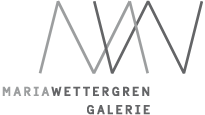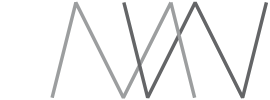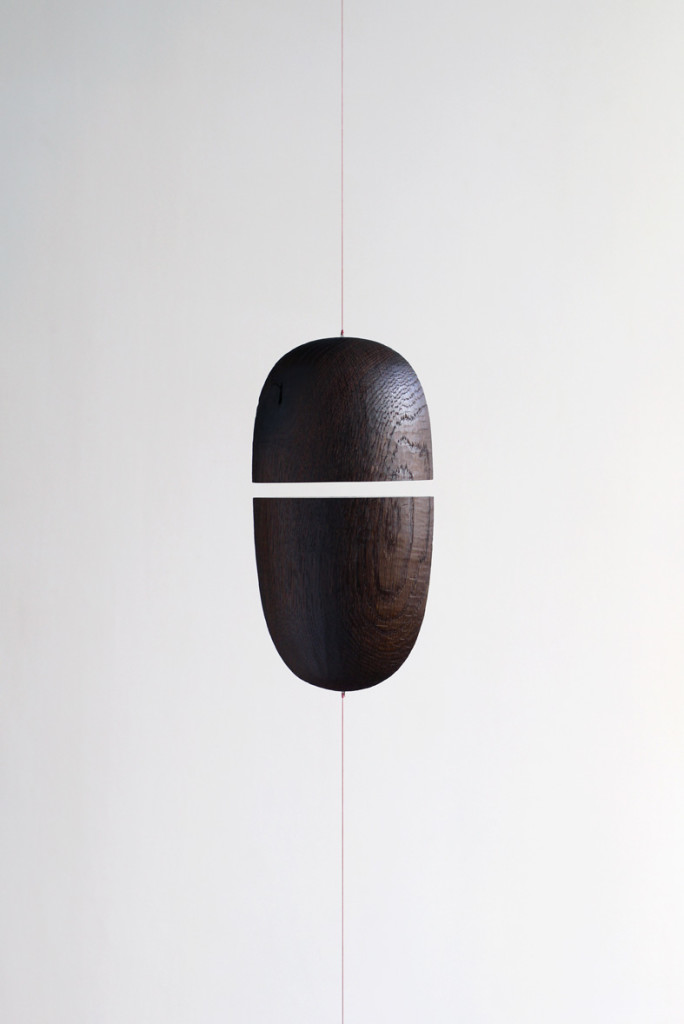
Divided Self 7, 2015
Solid smoked oak, leash, magnets
15 x 14 x 7.5 cm + adjustable strings
Unique piece
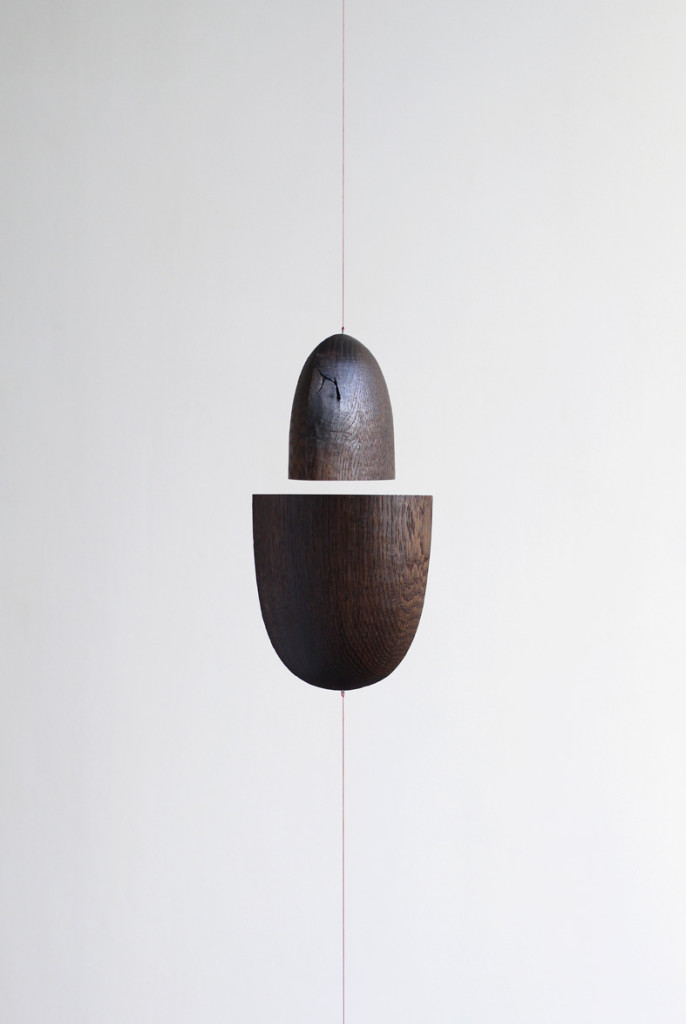
Divided Self 7, 2015
Solid smoked oak, leash, magnets
15 x 14 x 7.5 cm + adjustable strings
Unique piece
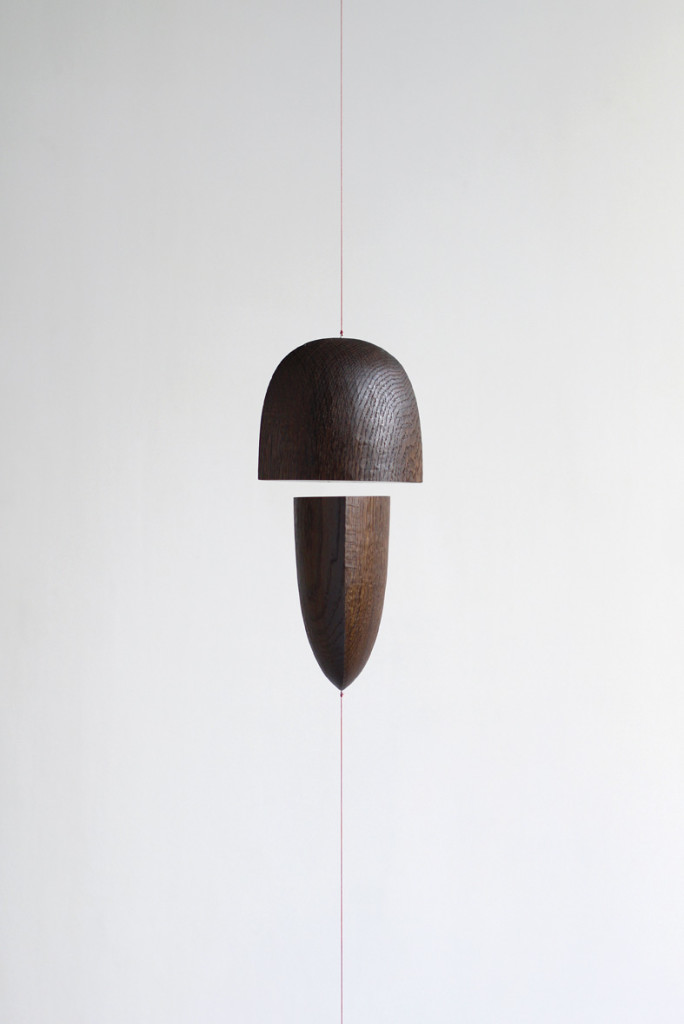
Divided Self 7, 2015
Solid smoked oak, leash, magnets
15 x 14 x 7.5 cm + adjustable strings
Unique piece
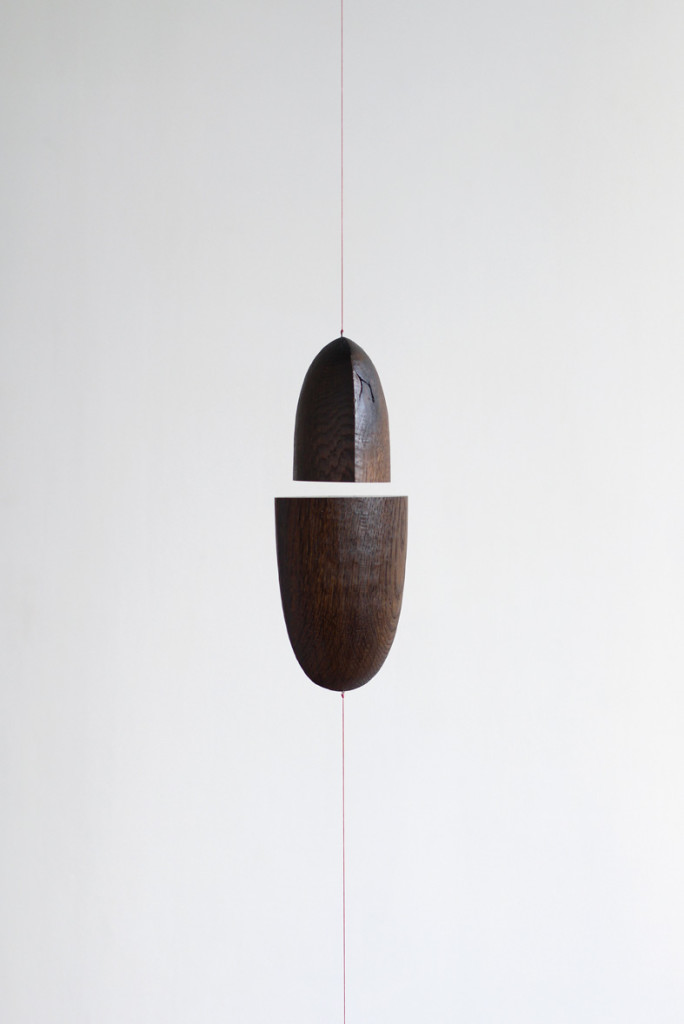
Divided Self 7, 2015
Solid smoked oak, leash, magnets
15 x 14 x 7.5 cm + adjustable strings
Unique piece
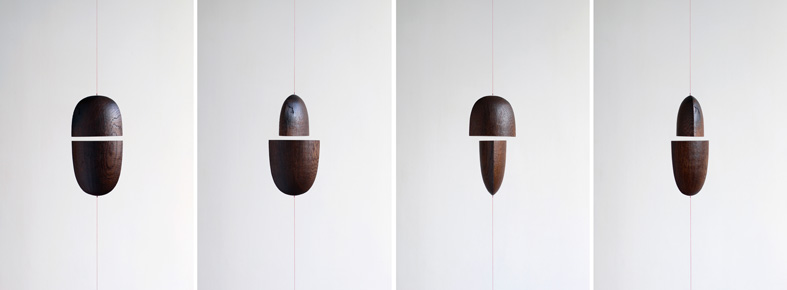
Divided Self 7, 2015
Solid smoked oak, leash, magnets
15 x 14 x 7.5 cm + adjustable strings
Unique piece

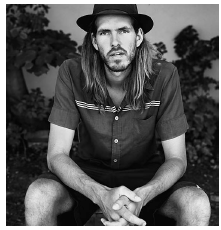
Eske Rex’s works are carried both by a conceptual idea and by the materials and the craftsmanship. They examine the effects of force caused by tension between materials and space, in which they are overextended, stretched, split and placed on the verge of collapse. There are no stated explanations – all transfer of information happens on an aesthetic and sensuous level. The traces of craft and the at tention to materials sensuously combine the tangible and near with metaphysical, essential and universal matters. Simple and stylistic, they are cleaned and processed of excess elements in order to concentrate on experiencing the materials of which the works are made. For the same reason they give what can be referred to as a found poetic silence in their presence. In 2010, Eske Rex received the Danish Arts Foundation’s working grant and took part in the exhibition ‘Designers Investigating’ in Øksnehallen, which won an award from the Danish Arts Foundation. In 2011, he took part in MINDCRAFT11 in Milan and exhibited at the Triennale Design Museum, also in Milan, Italy. Eske Rex’ works have been exhibited worldwide, including 21st Century Museum of Contemporary Art, Kanazawa Japan; Den Frie, Copenhagen, Denmark; Verbeke Foundation, Belgium; MINDCRAFT 17, Milan, Italy; Chart Fair, Copenhagen, Denmark (Galerie Maria Wettergren). In 2015, Eske Rex created a monumental site-specific installation for the International Criminal Court in the Hague, Netherlands.
